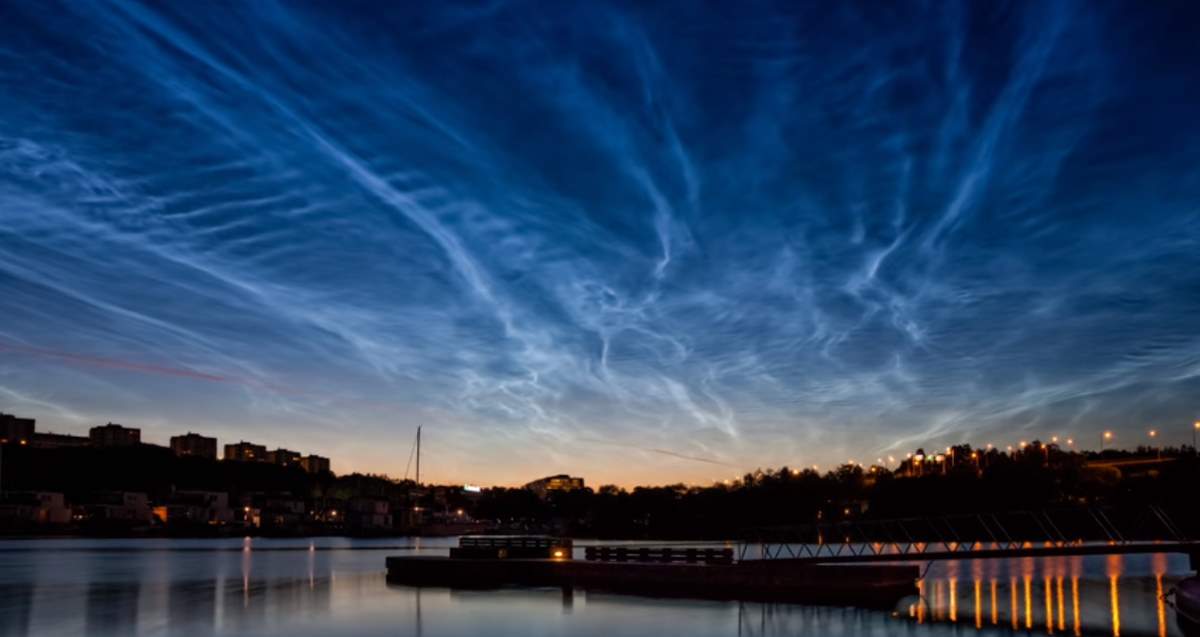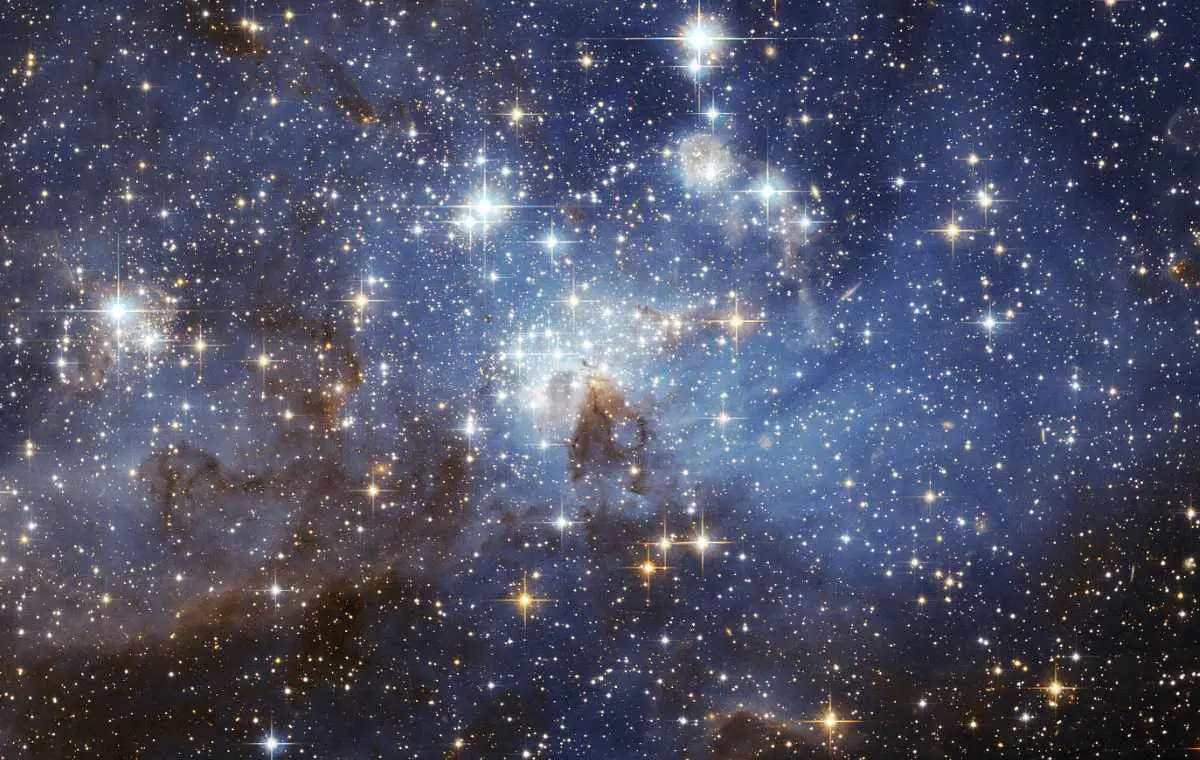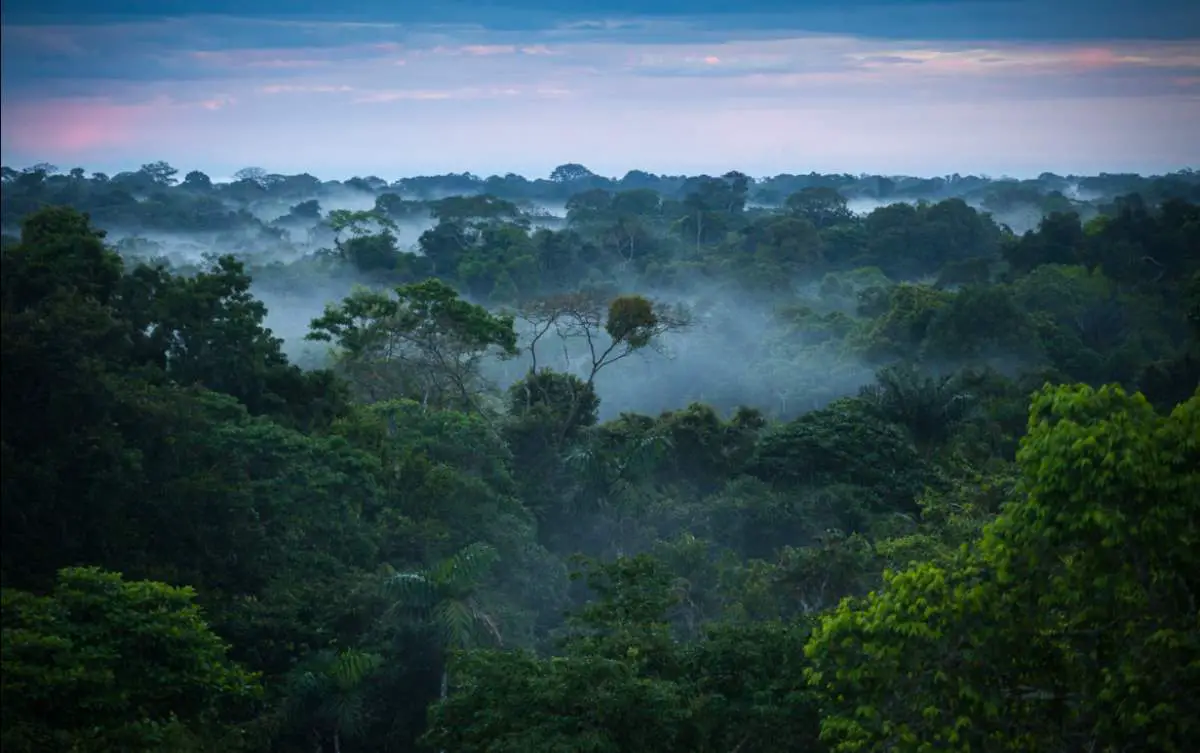Those of us who have grown up reading Asimov’s robot series are quite informed about what robots can accomplish. While that’s only a reel representation, it definitely points to an abundance of opportunities in the realm of space research.


Those of us who have grown up reading Asimov’s robot series are quite informed about what robots can accomplish. While that’s only a reel representation, it definitely points to an abundance of opportunities in the realm of space research.

In this amazing video, the RemoveDEBRIS satellite deploys a net and captures space debris, a defunct nanosatellite – and this has happened (capturing space junk in space) happened for the first time in space exploration history.
Orbital debris is a really big problem: it can cause collisions in space, and these collisions could have serious consequences for the International Space Station and satellites. The space junk literally can end space exploration and destroy the modern way of life. And the problem is getting worse each year as we are slowly filling the most important part just above us, the Low Earth Orbit (LEO), with junk.

An amazing video: a recent NASA long-duration balloon mission observed a thin group of seasonal electric blue clouds which are known as noctilucent clouds or polar mesospheric clouds (PMCs). Forming 50 miles (80 km) above polar regions in summer they are Earth’s uppermost clouds and only visible around twilight. PMCs are composed of ice crystals that glow bright blue or white

This lullaby to the snoring elephant is all you need to hear today! There’s definitely a strong bond between Lek and Faa Mai. Watch and listen to Lek’s lullaby to the snoring elephant Faa Mai at Elephant Nature Park Chiang Mai, Thailand. Speakers/headphones on!

In “Original Copies“, Bianca Bosker looks at a current trend in China to recreate some of human’s civilization greatest architectural achievements. Various elite suburbs in the country feature a variety of world wonders, from a 108-foot copy of the Eiffel Tower to picturesque Venetian scenescapes.

A beautiful short sketch titled “Interview with Planet Earth” by the Irish sketch comedy group “Foil Arms and Hog”, addressing global warming and environmental issues in the group’s unique and funny style.

The human future in the cosmos could be all but limitless if we don’t destroy ourselves first. The same would be true of intelligent aliens elsewhere in the Universe, assuming they exist: how far they travel depends strongly on how long they survive as a species. That survival variable, which the US astronomer Frank Drake incorporated into his famous equation on the likelihood of technological civilizations beyond Earth, is unknowable at present because we are the only such civilization yet identified.
Let’s be optimistic and assume that humans are persistent, working their way through the manifest problems of mastering their tools – or at least mastering them long enough to plant colonies off-world so that our destruction in one place doesn’t mean the death of the species.

What is the biggest star in the Universe? In fact, it is really hard to give an exact answer to this question since the universe is big, neighboring and the other galaxies are billions of light-years away from us. But, we can give it a try. Here are the top 7 biggest stars in the universe currently known by radius.

There are countless misconceptions about space, fueled by science-fiction movies with poor science and sensational tabloid headlines. These myths distort our understanding of the universe. Here are 21 common space myths that we need to stop believing.

Rainforests are the oldest living ecosystems and without a shadow of a doubt, the most vital habitats on Earth. They cover only 6% of the Earth’s surface but yet they contain more than half of the world’s plant and animal species. According to the current estimates, around 40% to 75% of all biotic species are indigenous (see notes 1) to the rainforests.
What’s more, there are probably millions of species of plants, insects, and microorganisms still undiscovered in tropical rainforests.